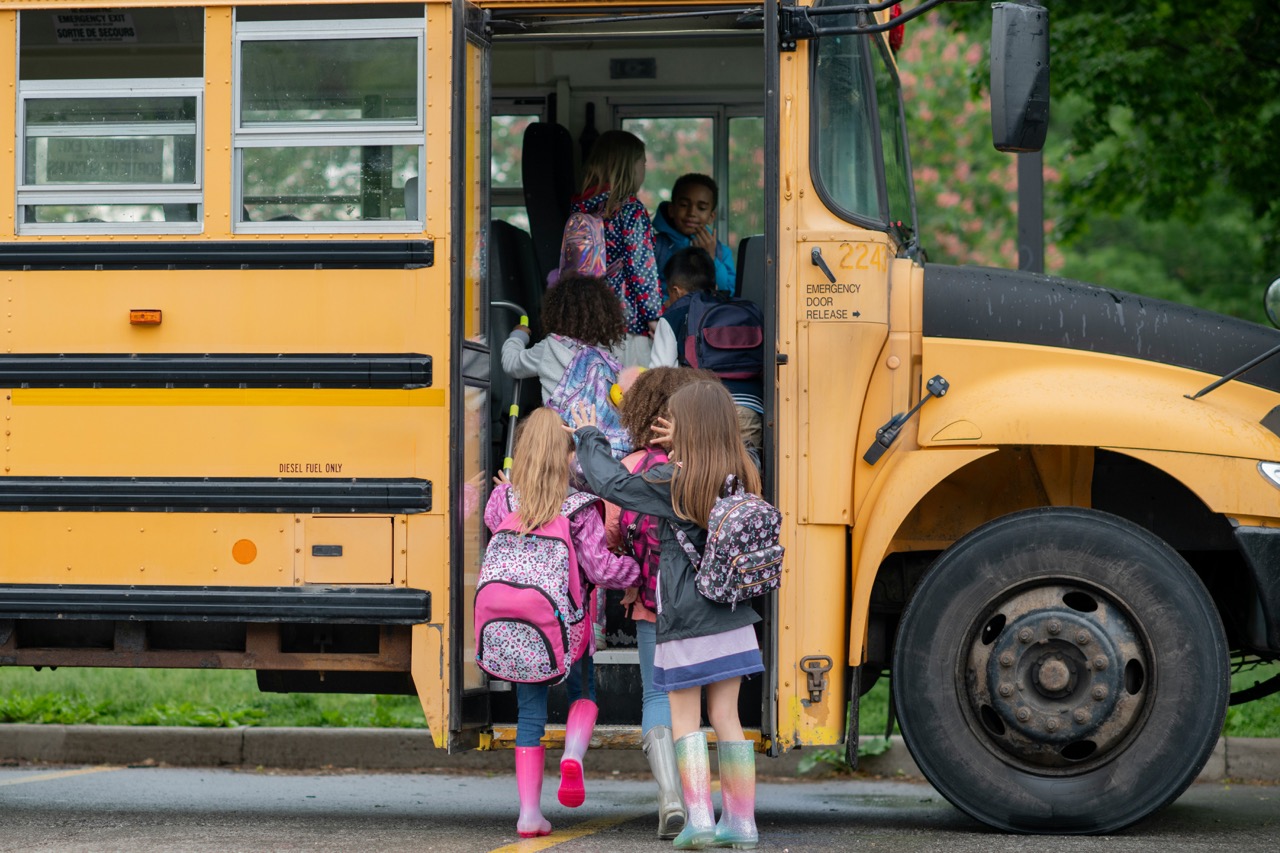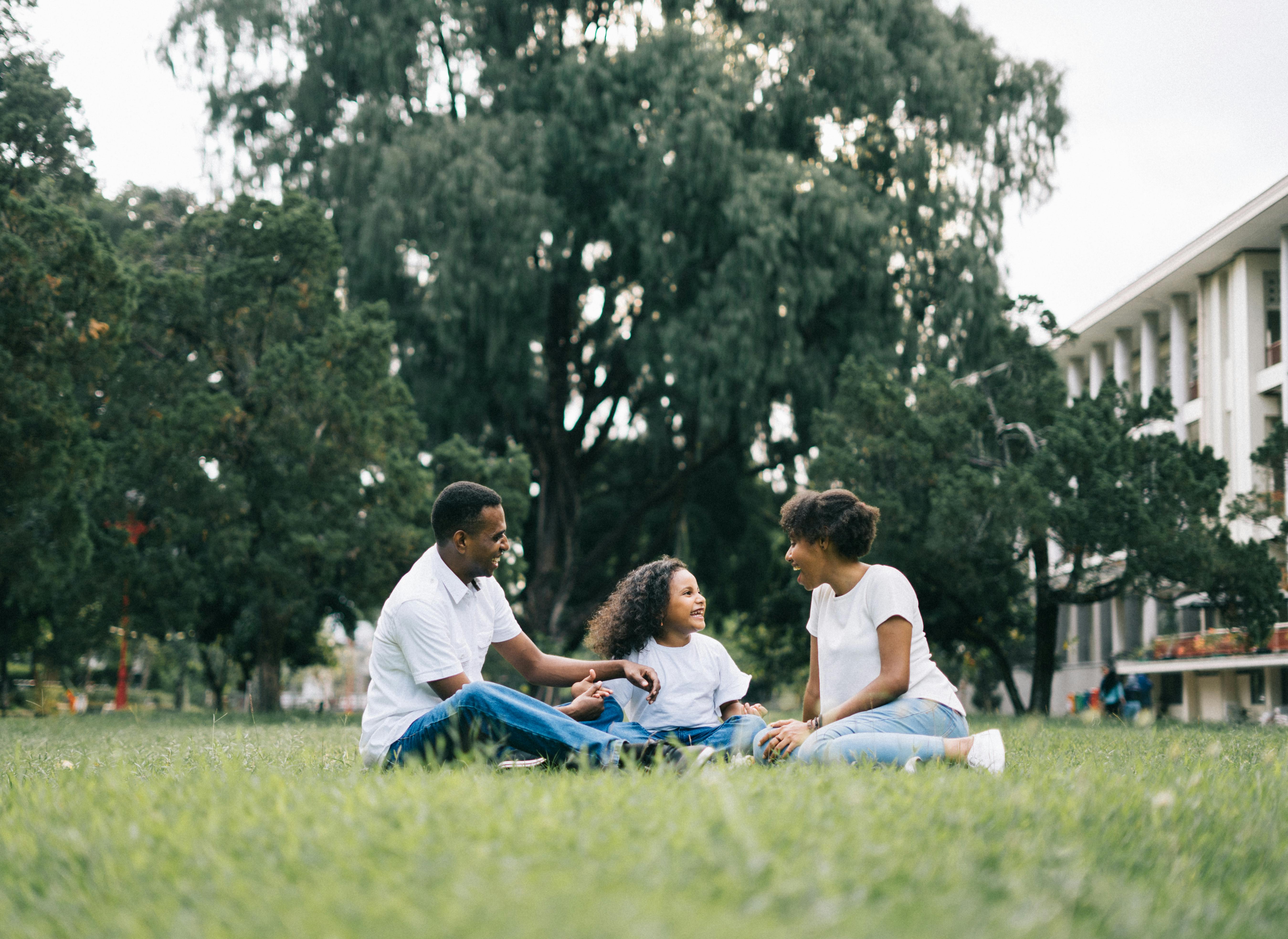In honor of National Bullying Prevention Month, we’re sharing tips for what to do if you think your child is bullying others. (Don’t miss our previous post, 15 warning signs of bullying in children.)
The Center for Disease Control defines bullying as “any unwanted aggressive behavior(s) by another youth or group of youths, who are not siblings or current dating partners, that involves an observed or perceived power imbalance, and is repeated multiple times or is highly likely to be repeated.” About one in five of school-aged children will experience bullying, according to the U.S. Department of Education.
Bullying can have significant, long-lasting negative impacts on both the child being bullied and the child who bullied. Victims of bullying are more likely to experience anxiety and depression, loneliness, decreased academic performance, and health complaints. Kids who bully others are more likely to engage is risky and violent behaviors in adulthood, too.
It’s important that parents and adults step in to curb bullying if and when it happens, to support the mental and physical health of all children involved.
Worried your kid might be a bully? Here are 7 things to do:
1. First, take a deep breath. It is going to be OK.
Bullying is well-researched and well-understood. There are proven methods to reduce bullying and mitigate its impacts on children.
No matter what you’re going through, support exists and can help you and your family navigate these challenges. You’re not alone.
2. Don’t jump to label your child.
Words matter. Even though it’s easy to use the words “bully” and “victim” to describe those involved in bullying, we’d encourage you to be more intentional with your language. Try not to label children as “bully” and “victim,” because it can:
- Communicate that this behavior is unchangeable
- Overly simplify or inaccurately represent the changing roles children may play in different bullying situations
- Minimize how much peer influence or the school environment contribute to bullying
The U.S Department of Health and Human Services recommends focusing on the relation of the child to the behavior, rather than labeling them. For example, instead of saying “bully” and “victim,” you might say “the child who bullied” and “the child who was bullied.”
Beyond the children actively involved in bullying, there are others - such as kids who witness, assist, reinforce, and/or defend against bullying - who may contribute to or be impacted by the situation.
How we communicate about the situation helps make sure that we leave space for children to develop in healthy ways, and become part of preventing bullying.
3. Are they around older kids (siblings/cousins) and seeing those kids be aggressive towards each other, like pushing or hitting?
Kids really want to connect. Sometimes, bullying happens because they simply haven’t learned how to connect in socially appropriate ways.
Are they around older children who are hitting, kicking, or punching? This kind of play can be completely age-appropriate for older children. That said, it may be too old for your child, because they don’t have the language yet to express when they want to connect.
4. Do they know how to connect with people without being aggressive?
Children’s language skills are constantly developing. Does your child yet have the words to connect and express themselves to peers?
Do they know how to say, “Hi, how are you?” or introduce themselves to peers?
It seems simple, but sometimes bullying occurs because children want to connect and just don’t have the language or social skills to do it in a way that is more healthy. (You can learn more about why children bully here.)
5. It’s not normal for kids to keep their hands to themselves. When their hands are not to themselves, how are they using them?
Keeping your hands to yourself isn’t something we know naturally. We have to teach children how to do this.
Think about it: parents and caregivers often connect with children in physical ways, such as by sitting close, hugging, kissing, and tickling.
Children want to do the same kinds of things to connect with peers and friends. We have to teach them that “quiet hands” and “gentle hands” are important when engaging with others.
6. Help your children understand bullying.
It’s important that children understand what bullying really is. This is the foundation of talking with them about their involvement in or experience with bullying.
You can do this by talking with your child, as well as by modeling caring, kindness, and respect. Children do look up to the loving adults in their lives; your words and behavior have a big impact on helping children understand bullying.
7. Communicate with kids about bullying.
Talk with your children regularly about what’s going on in their world. As little as 15 minutes per day can have a big impact on building trust and show children that they can turn to you when faced with challenges. The U.S. Department of Health and Human Services published this helpful list of questions that can get the conversation started.
Little Otter is here to support your family’s mental health. We can help you and your child navigate bullying.
Supporting your children’s social, emotional, and mental health is critical to both responding to and preventing bullying. Little Otter exist to provide children and families with exceptional mental health care when - and where - you need it.
Our measurement-based approach ensures that you can track progress, while our digital teletherapy app connects you with care from the comfort of home.
We’re currently available in select states, and are working to be available nationwide soon. You can register here, and you’ll be notified as soon as we’re available in your state.
in this article
.avif)

%20Large.jpeg)

.jpg)
.jpg)








.svg)

